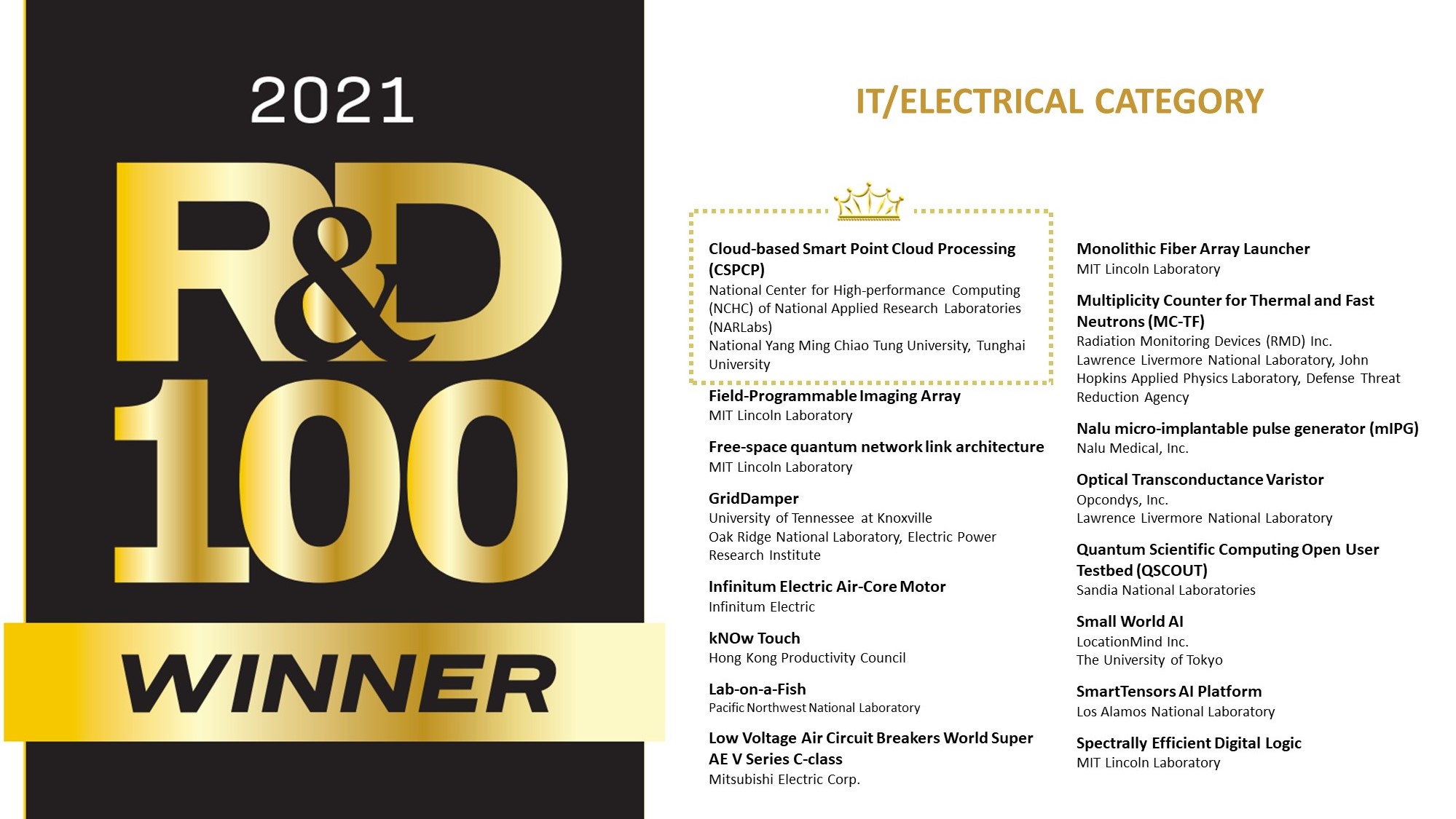Cloud-based Smart Point Cloud Processing (CSPCP) technology won the 2021 R&D 100 Awards
The Ministry Wu Tsung-Tsong of MOST (Ministry of Science and Technology) has advocated that humanities and social sciences are both important for the nation to advance and innovate. Therefore, the Ministry of Science and Technology has always supported research projects that bundle the study of technologies and humanities. The National Center for High-performance Computing (NCHC) under the National Applied Research Laboratories (NARLabs) of the Ministry of Science and Technology has teamed up with National Yang Ming Chiao Tung University and Tunghai University to develop the Cloud-based Smart Point Cloud Processing (CSPCP) technology, which won 2021 R&D 100 Award, becoming the only Taiwanese team to have advanced and gone on to win in the IT/Electrical category from R&D 100, which has also been nicknamed the Oscar of technology award. This sole Taiwanese team joins the likes of the Massachusetts Institute of Technology, Northwestern University, and Oak Ridge National Laboratory, ORNL, as this year's awardees.
Founded in 1963, the R&D 100 has since won prestige in the technology circles. Each year it selects the most representative innovative technologies, placing emphasis on commercial products, technologies, and materials that can be directly sold or licensed in such fields as analysis/testing, electric machine/information, machinery/materials, procedures/prototypes, and software/services.
Cloud-based Smart Point Cloud Processing (CSPCP) technology is based on artificial intelligence to automatically correct color errors that other existing point cloud technologies are prone to make. It has become an important trend for information technology applications to use point cloud technology to create digital three-dimensional models of real-world objects. This technology can already be used in a wide range of fields such as historical site maintenance, theater scenes collection, construction engineering, autonomous driving, digital cities, and biomedical craniofacial reconstruction. However, the existing point cloud technologies have sometimes caused problems, such as incorrect color correspondence and afterimages, that can be repaired by either trying to improve the measurement technology and environmental conditions or manually re-cutting and re-coloring the point cloud in the problem area, which not only takes labor and time, but also tends to lose fidelity.
The Cloud-based Smart Point Cloud Processing (CSPCP) technology, jointly developed by the NCHC, National Yang Ming Chiao Tung University, and Tunghai University, can automatically correct color errors of the 3D models of buildings or objects, reaching levels as fine as millimeters to deliver a grain-free effect. Furthermore, because the color is automatically corrected through AI detection calculations, in one month it can accomplish the corrections that would take the traditional methods six months to repair.
With the commercial launch of consumer mobile phones equipped with LiDAR, point cloud modeling technology has become a video helper for social media. The Cloud-based Smart Point Cloud Processing (CSPCP) technology can help expand the range of application of point cloud technology, and it can accelerate the construction of more types of 3D digital models. For example, point cloud modeling can be used to replace one-time physical objects in the space scenes required for content production of movies or animations.
The NCHC has placed the Cloud-based Smart Point Cloud Processing (CSPCP) technology in its render farm on the cloud as a value-added service of its point cloud calculations. This service provides its customers who have a need to modify their point cloud modeling with the advantage of combining the NCHC platform and its built-in high-performance computing power to automatically optimize the presentation of the point cloud. The patents for this technology are pending in Taiwan and the United States. The National Center for High-performance Computing (NCHC) hopes to take the Cloud-based Smart Point Processing (CSPCP) technology beyond the confines of the reconstruction of 3D models of buildings and objects by licensing it in the future to businesses for point cloud software research and development, scanning measurement, or spatial information applications. All this can help the country to elevate its point cloud technology and take a step closer to the goals of building a digital nation and developing digital spatial applications.
Cloud-based Smart Point Cloud Processing (CSPCP) introduction ▶ https://youtu.be/0z9Vn8_j22M
-----------------------------------------------------------------
¹ Point cloud refers to a digital record of the spatial dimensions of real-world objects. Each point consists of millions to billions of points. Each of the points is scanned by LiDAR to measure the object rapidly to obtain a large number of accurate three-dimensional coordinates of the object. Combine these points in a computer to construct a three-dimensional model of the object. Then, based on the color digital photos, paste the correct colors of the object to the correct positions, and then build it in the computer to construct a digital three-dimensional model that resembles the real object.
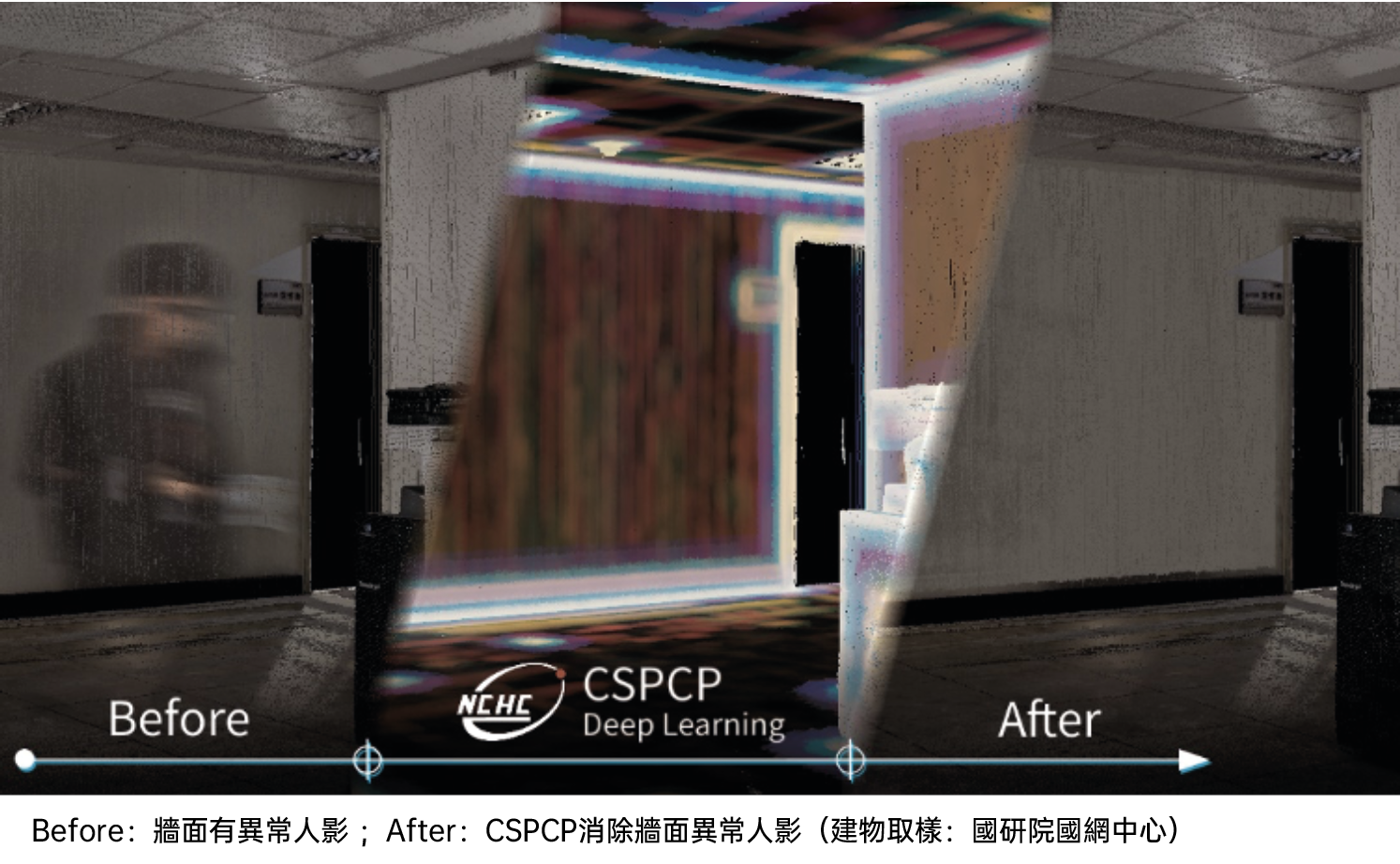 <
<
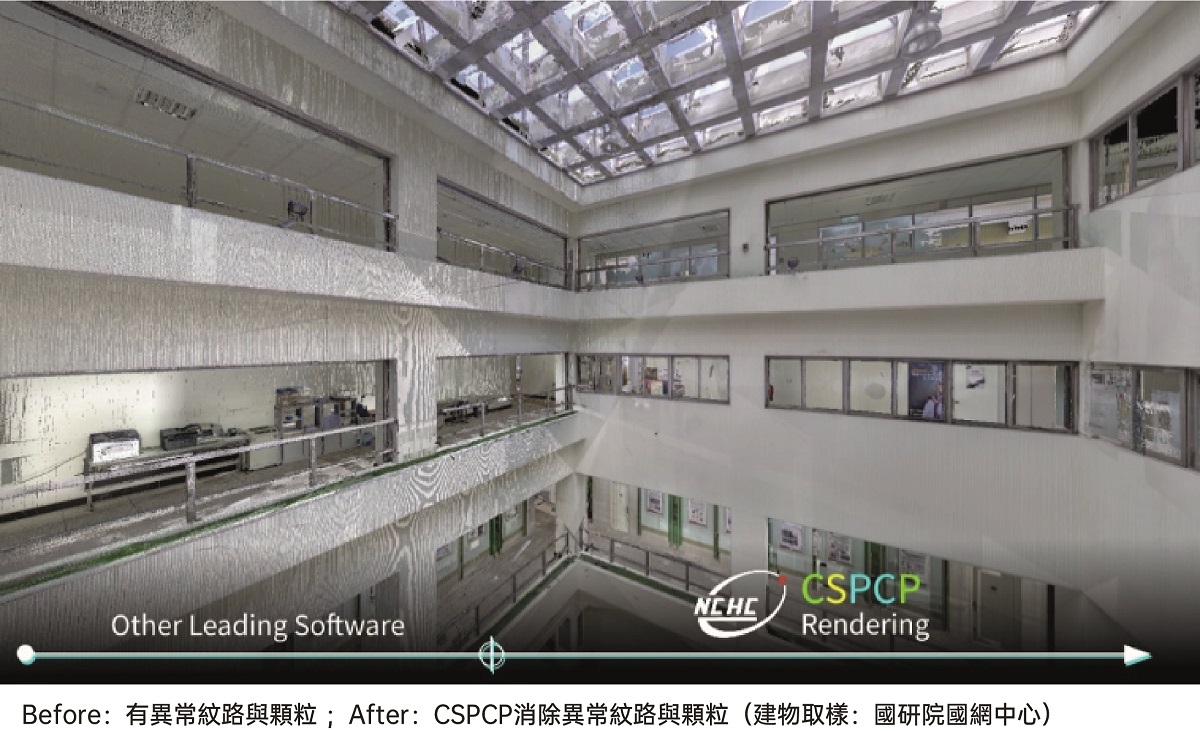
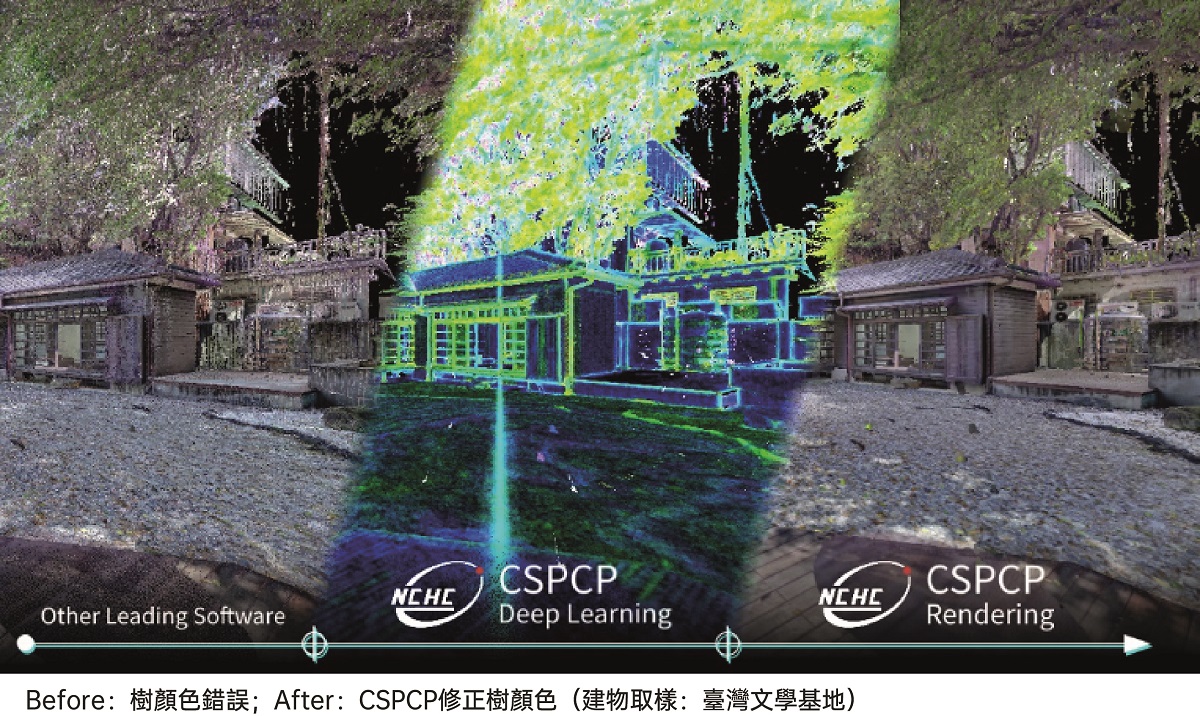
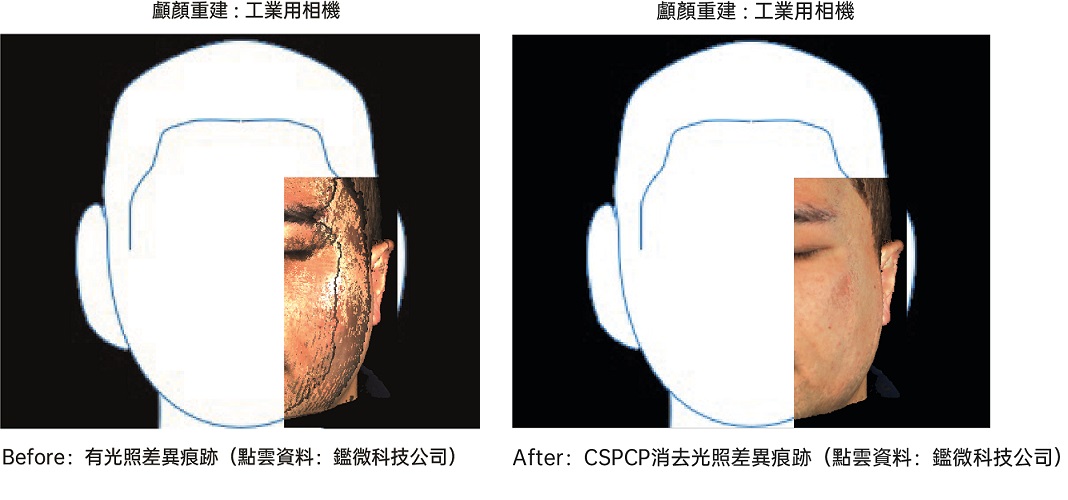
 國家高速網路與計算中心
國家高速網路與計算中心
